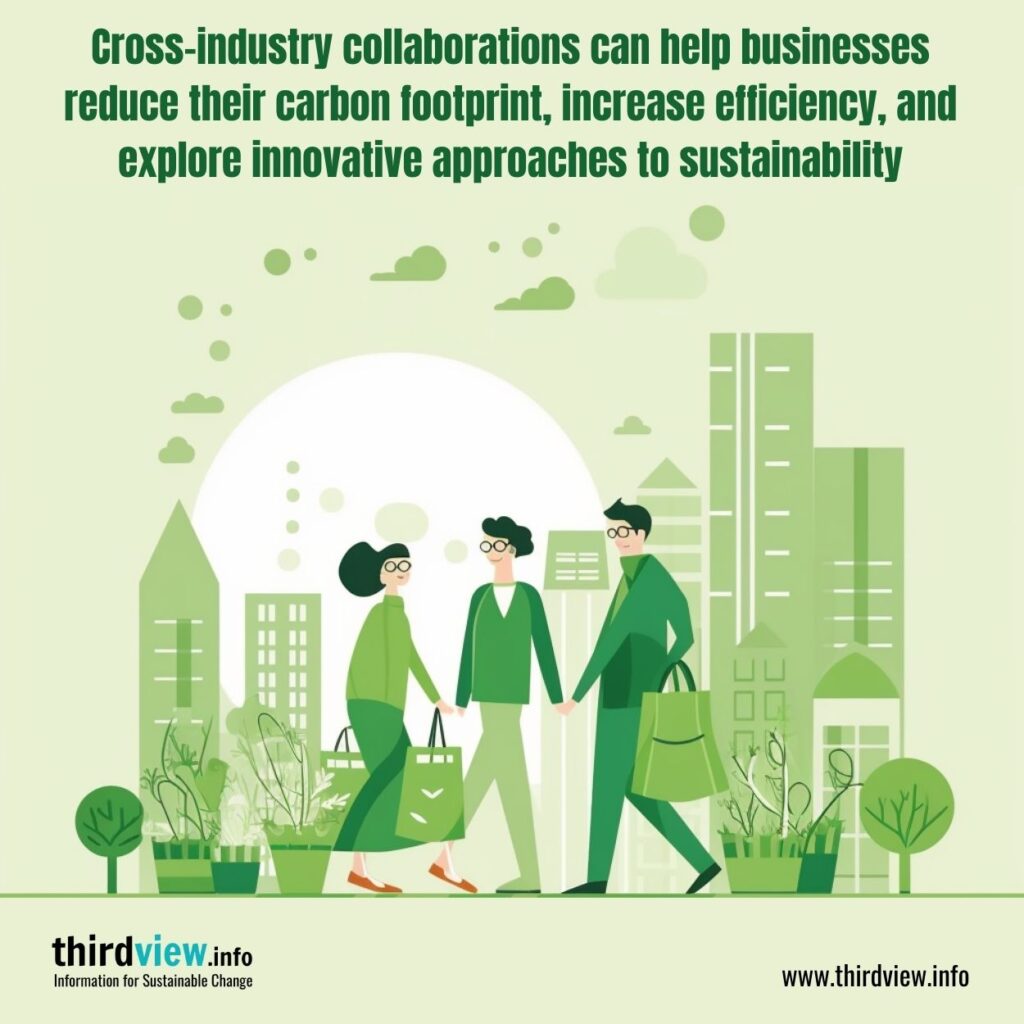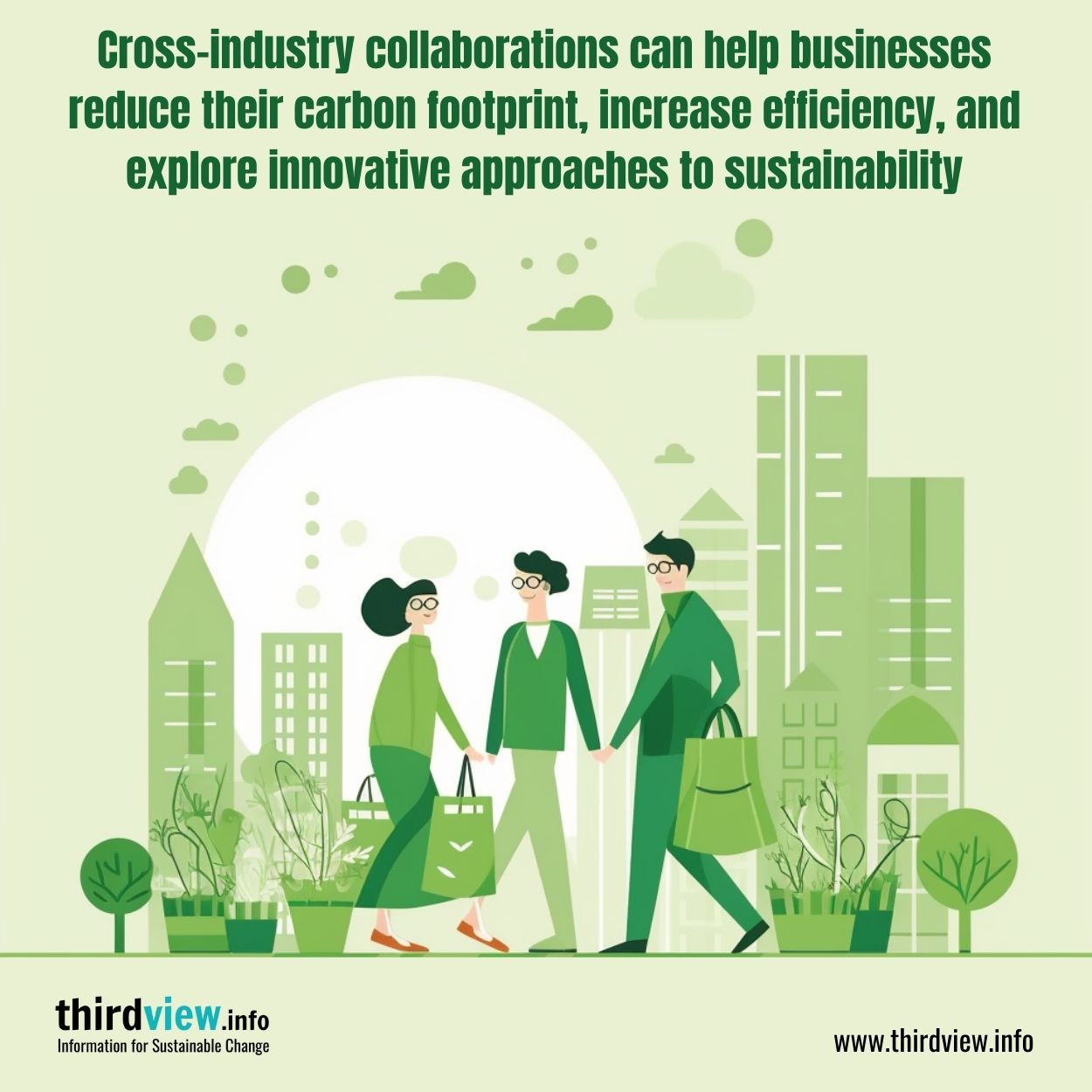We are living in an era of unprecedented technological advancement that has revolutionized how we live our lives. But with this progress comes a greater responsibility to be mindful of our environmental impact and ensure that the resources available to us are used responsibly. This is where the concept of a circular economy comes in—an economic system focused on reducing waste, reusing materials, and recycling resources. To achieve this goal collaboration between various sectors is essential to create lasting change. Let’s take a look at what kind of opportunities for collaboration exists within a circular economy model.
Cross-Industry Collaboration
At its core, the concept of a circular economy is based on the idea that businesses should work together across different industries to find solutions to environmental issues. For example, one industry may have excess resources that can be repurposed or recycled by another industry for use in its own operations. By working together, both parties can benefit from these kinds of collaborations—not only will they be helping reduce their carbon footprint but also increasing their efficiency and profitability. Furthermore, cross-industry collaborations can open up new opportunities for businesses to explore innovative approaches to sustainability as well as open up new markets for previously underutilized resources.
Public-Private Partnerships
In addition to cross-industry collaborations, public-private partnerships are integral for creating a circular economy. Governments can play an important role in encouraging businesses to adopt sustainable practices by providing incentives such as tax breaks or subsidies for those that invest in green technologies or develop sustainable business models. This kind of partnership helps provide companies with necessary financial support while also allowing governments to leverage private sector expertise and resources to further their sustainability goals. Additionally, public-private partnerships help promote transparency and accountability within businesses which helps create trust among stakeholders and customers alike.
Investment Opportunities
Finally, investments play an important role in creating a circular economy as they provide businesses with much-needed capital for research and development into green technologies as well as marketing campaigns that promote sustainable practices among consumers. Furthermore, investments offer investors attractive returns—both financial and social—which makes them more likely to invest in sustainability projects that benefit not just themselves but society at large too. Additionally, investments also help foster innovation within the sector by giving startups access to capital which gives them greater freedom when it comes to developing disruptive technologies or services that could have far-reaching implications for society down the line.
The potential opportunities from collaborative efforts between sectors are vast when it comes to creating a more sustainable world through a circular economy model. From cross-industry collaborations which help companies reduce waste while increasing efficiency; public-private partnerships which allow governments to leverage private sector expertise; and investment opportunities which give companies access to capital while providing investors with attractive returns; there are numerous ways businesses can collaborate across different sectors towards achieving this goal. With the right kind of collaboration between all stakeholders involved—businesses, investors, and government agencies—we can accelerate our progress towards creating an environmentally responsible world where everyone benefits.


